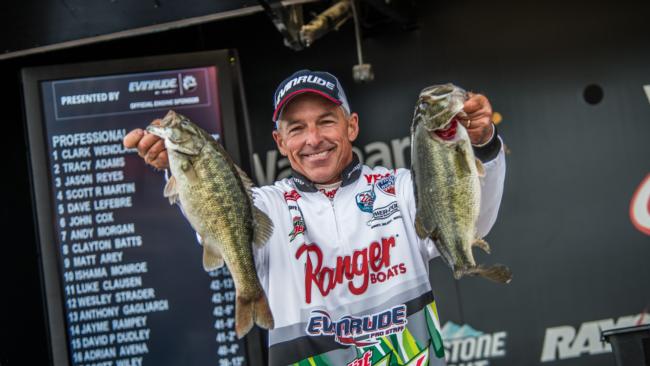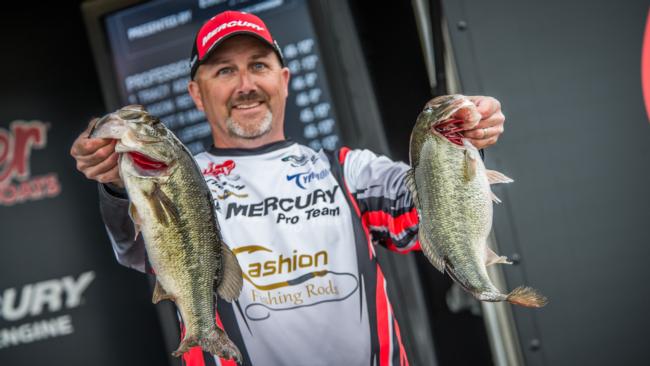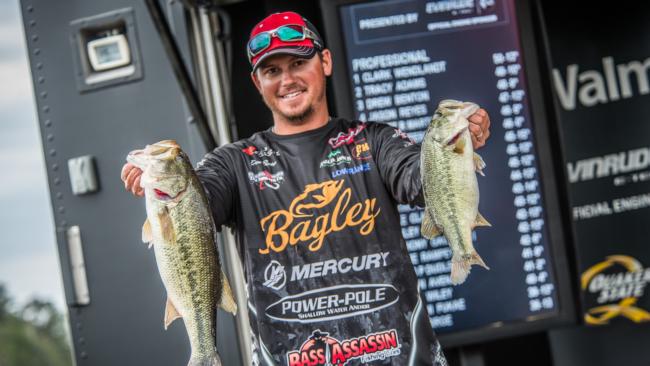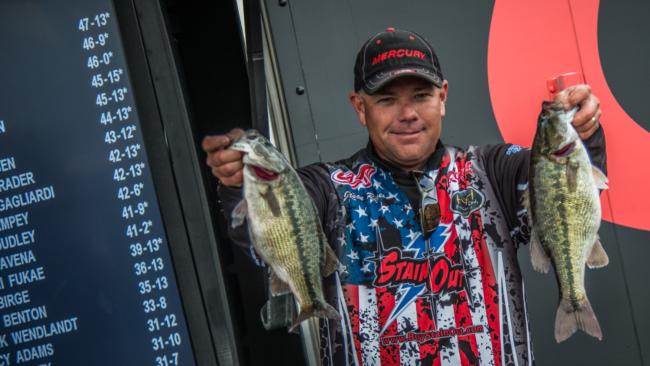Top 5 Patterns from Lewis Smith Day 3
A variety of patterns firing on all cylinders
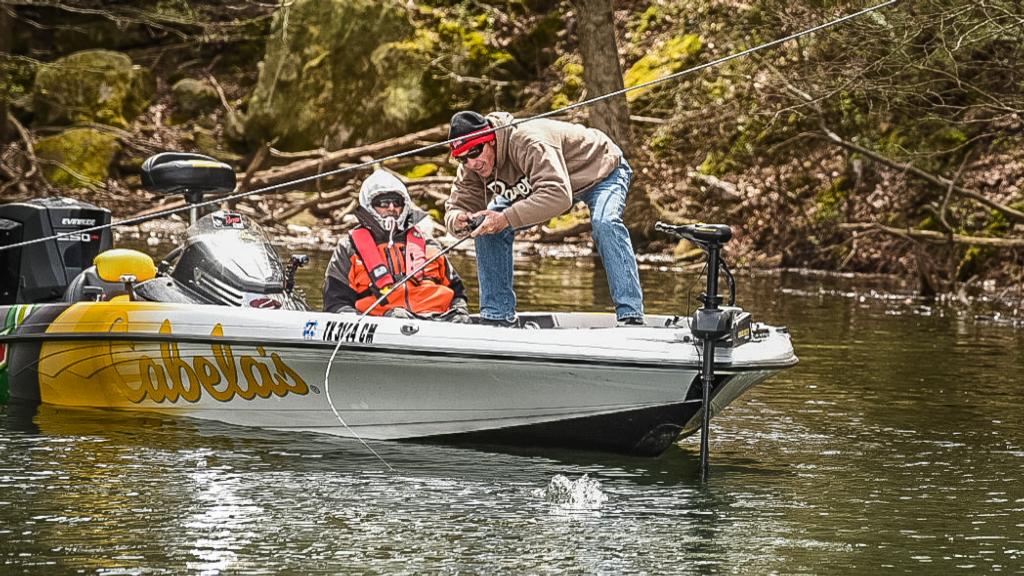
After three days, it looks as if tournament leader Zack Birge has the quality largemouth bite in the bushes wired. But behind him on the leaderboard are nine pros doing everything from sight-fishing to catching schooling bass and everything in between.
Even with all the patterns in play, few have fizzled. The sight-fishers have reported finding new bedders, the schoolers are still schooling and a couple of guys have even started tapping floating docks.
Click here to read about Birge’s leading pattern. Here are the details of the rest of the top five.
2nd Place – Clark Wendlandt – 50 pounds, 13 ounces
Clark Wendlandt has dialed up a deadly combination of reeling a swim jig around docks in the mornings while scouting for beds with the trolling motor on high. The fish he catches reeling the jig are bonus bites to get the livewell pumps running. Later in the day he comes back to the bedders he spied earlier, and they make for some solid afternoon upgrades.
“I actually had a nice flurry this morning on the swim jig,” he says. “I caught about 12 or 13 pounds on it early while I was looking. That helped set the tone for the day, and then I picked some off beds to cull up several pounds.
“The whole sight-fishing deal here is a catch-22,” he adds. “The largemouths are a lot easier to see, but so much harder to catch. The spots are easier to catch, but so much harder to see. The good news is that I found several of both species on beds today that I left for tomorrow.”
3rd Place – Tracy Adams – 49 pounds, 10 ounces
Similar to Wendlandt, Tracy Adams has tapped a nice combination of skipping docks in the mornings and then looking for new bedders in the afternoons. His catch of 17 pounds, 14 ounces was the heaviest of day three and featured both largemouths and spots.
“The two patterns work nicely together,” Adams says. “In the mornings, I’ll skip the bigger docks out on the points of the spawning pockets. I think those fish are sort of ‘floating around’ waiting to come in to spawn. As it gets later in the day and the sun shines a bit more, I’ll start cruising deeper back into the pockets looking for spawners.”
4th Place – Drew Benton – 48 pounds, 9 ounces
Drew Benton, who led the first day and was in second coming into the weekend, slid back to fourth place today with a catch of 12 pounds, 12 ounces.
Benton found his spawning largemouths to be most uncooperative today, and he had to resort to “just fishing” for his catch.
“I’ve still got a few good largemouths on beds, but they are just so dang spooky,” Benton says. “I really think if it will just warm up a touch tomorrow they will want to play. But today, they would not stay put. So I scratched the sight-fishing plan and just went cranking with a Bagley Sunny B and pitched a jig to laydowns.”
5th Place – Jason Reyes – 47 pounds, 13 ounces
Jason Reyes moved up to his highest spot of the week, fifth place, with a 16-pound, 7-ounce catch today.
Reyes has locked into a deadly schooling pattern centered on blueback herring in the backs of drains.
“I’ve got two drains loaded with herring, and when the bass go off on those herring, I can catch 15 pounds in 10 minutes,” Reyes says. “When it happens, it’s just crazy; they come up blowing those herring out of the water. And when I catch one, it’s coughing up herring.”
The key lure for Reyes has been a swimbait.
“I like the swimbait because I don’t have to switch baits,” he says. “I can swim it down deep when they’re down and catch a few that way and then reel it fast on top to catch them when they come up.”
Reyes also notes that wind is a big trigger.
“When the wind blows into the backs of the drains, it ignites the school,” he explains. “The wind blows the herring into the very back ends, and that’s when the bass blast them.”
